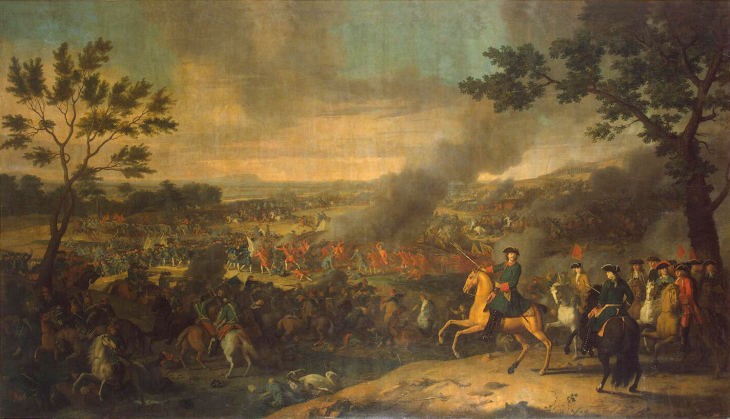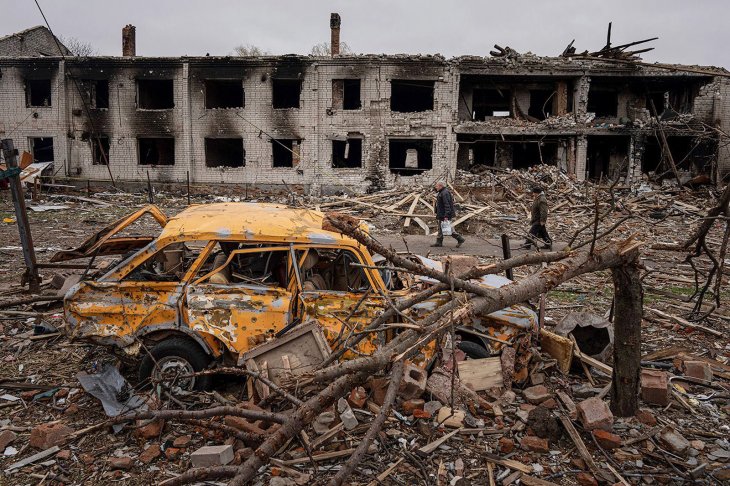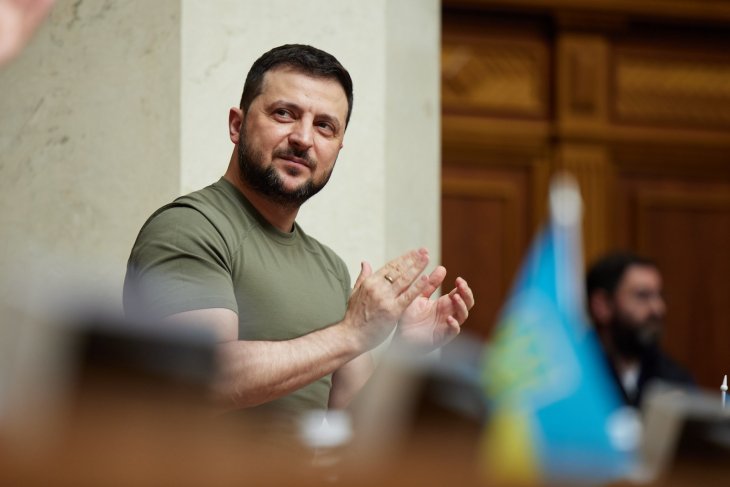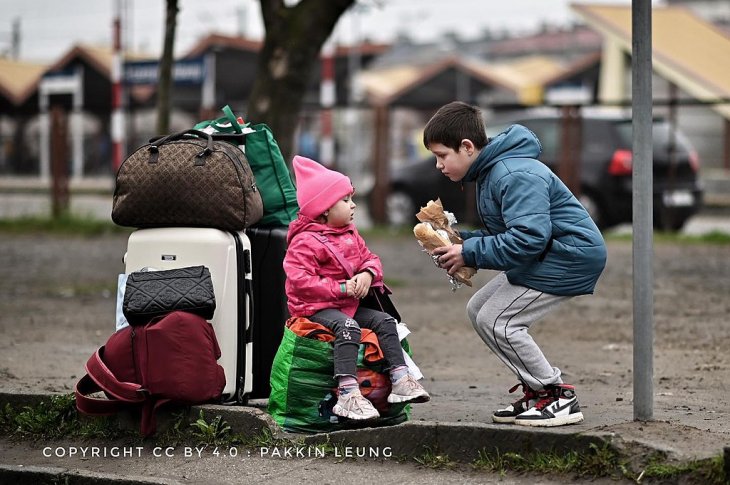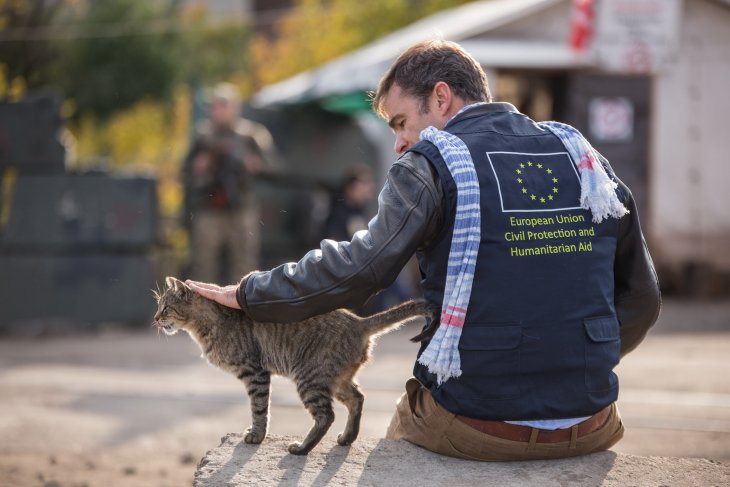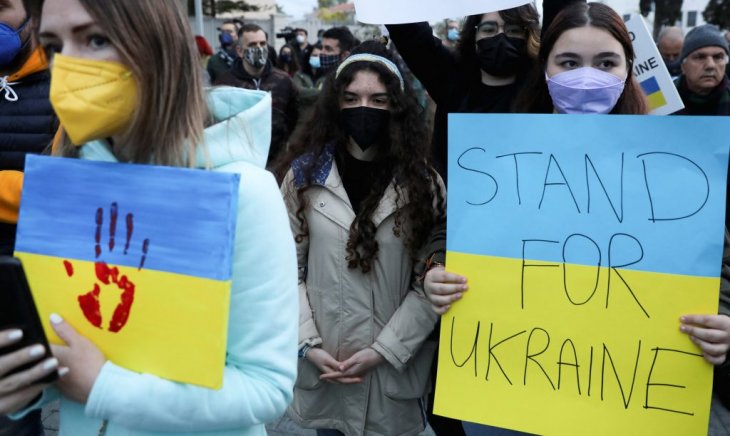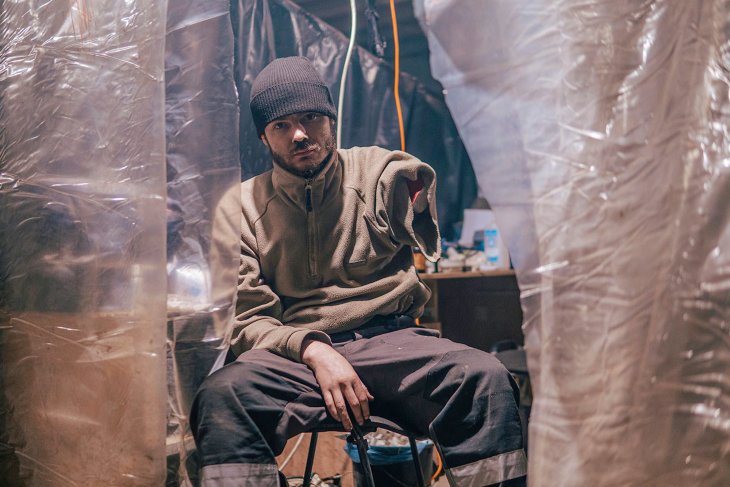If nations are separated by national borders, the risk of civil war and interstate conflicts increases – as in the case of Ukraine. For this reason, Lars-Erik Cederman believes that sanctions should also be designed to have a deterrent effect on other nationalists.
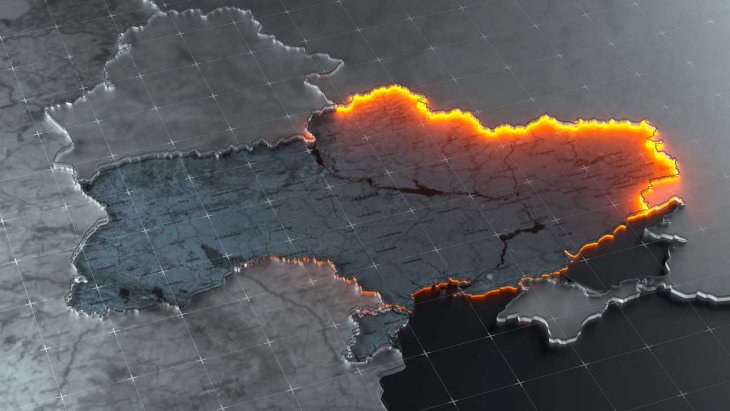
Ukraine’s borders are to be shifted by force. Image: Adobe Stock
For numerous observers in the West, Putin’s invasion of Ukraine came out of the blue. Hopes of a cooperative, economically interwoven, and practically borderless world have been dealt a serious blow. In many ways, Russia’s annexation of Crimea in 2014 heralds the “return of geopolitics.”1 A large number of analysts, especially those of a realist persuasion, expect the Russian aggression to result in a return to the old-fashioned, multipolar great-power politics of the 19th century.2
But does realist theory depict this ostensible anachronism correctly?
Indeed, geopolitics is back with a vengeance, but the question is: which type of geopolitics? While various realists identify with the purportedly sober and sophisticated 19th-century masters of Realpolitik, their perspective seems oddly anachronistic, even by 19th-century standards. Great-power competition, the law of the strongest, and territorial conquest dominated international relations long before the 19th century, and in some cases persisted beyond 1945.Read More
